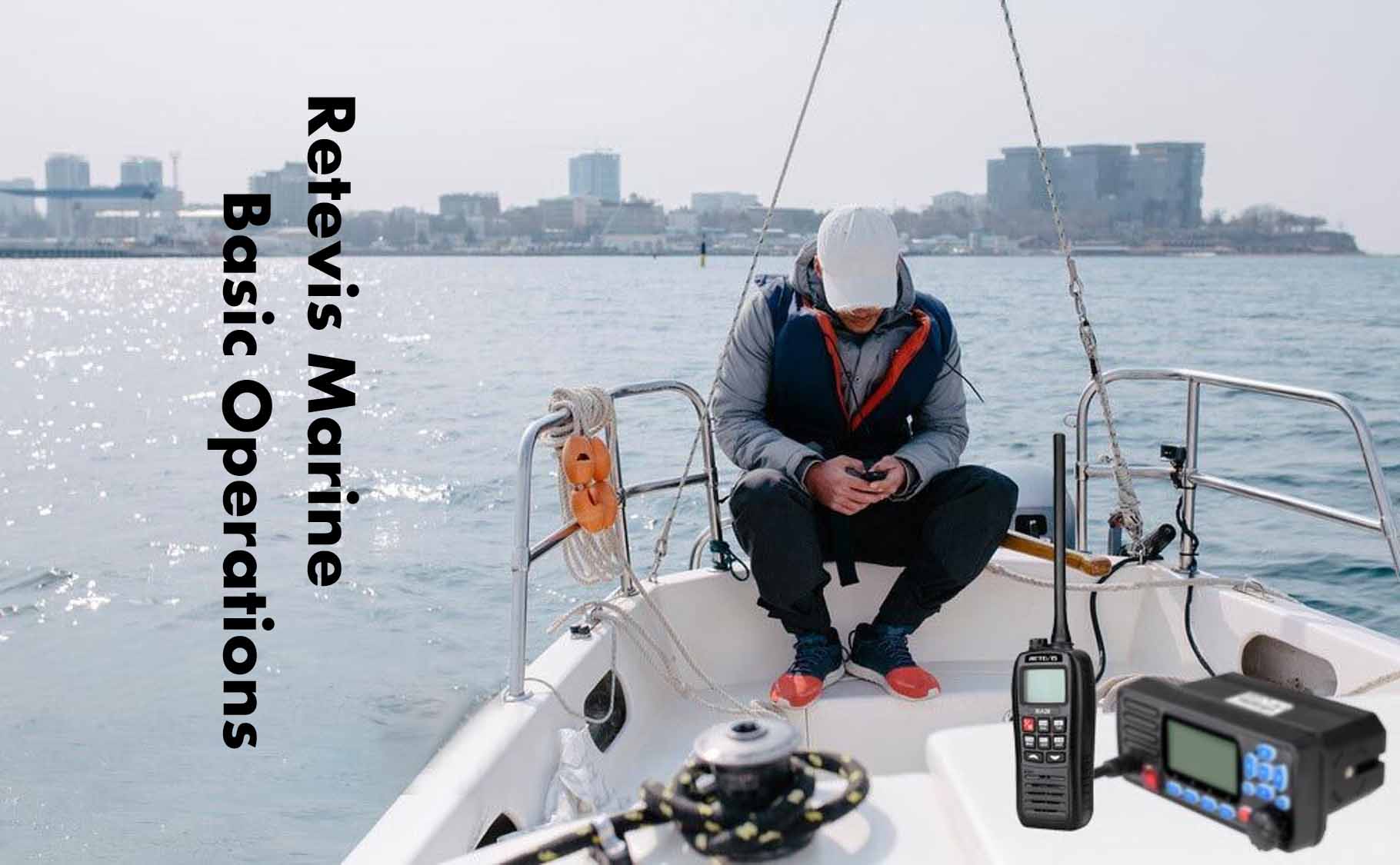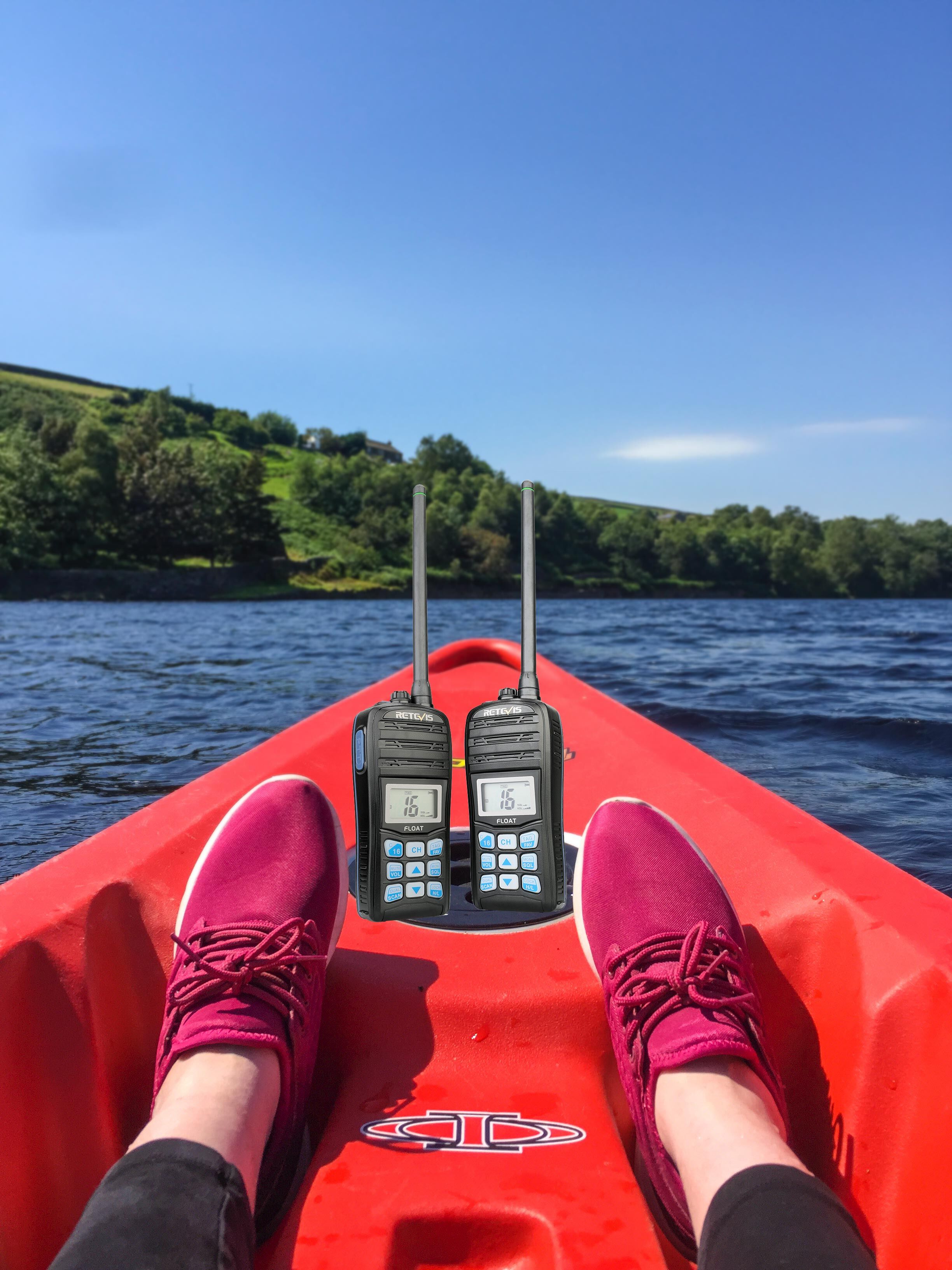The Basics Operation of VHF Marine Radio

Turn your VHF marine radio and pick a channel, set the squelch where you don’t hear any noise, and begin talking. Things to remember when you are on the radio:
Monitor CH-16. It is an unwritten rule for marine radio users when you are not actively in conversation with someone else.

Don’t tie up CH-16 or CH-09. If you are talking with others, please use a calling or working channel so you are not keeping others from using CH-16 or CH-09. If you are talking excessively on CH-16 or CH-09, the coast guard may warn you and prompt you to switch channels.
You know, the VHF marine radio has no CTCSS/DCS, no voice encryption, please remember this! Everyone turn to that station in the area can hear you when you use your VHF radio, so please be careful to use civilized language instead of rude words.
Warning, it is illegal to deliberately send a false distress alert or deliberately take a false alert without taking measures to cancel the alert.
CH-16 is designated as the national distress, safety, and calling frequency. Most VHF marine radio on the market today has in excess of twenty-five usable channels,
RA26 has 88 channels that come standard on the market. You won’t be using the vast majority of channels on your marine radio, but CH-16 must be used.
When you communicate with other boats, you will need to monitor CH-19 and then move to a calling channel, usually CH-68 or CH-69.
Always remember to check for channels authorized for use in your area as well as any local restrictions.






